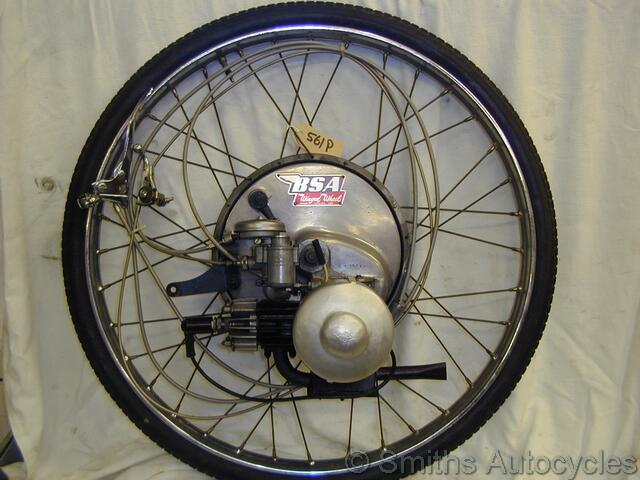@
warrah. You built this bike in 2012. If you were to build another one for the same purpose (30mph, 30m range), would you use the same components?
This bike is being offered for sale at the moment, a would be buyer would compare and contrast its features against a new built or ready made before making an offer. From that angle, one could see that this bike, sold as is, has lost much of its appeal except it's road legal. RobF's comment seems harsh but not without reason.
I figured what would i do differently if building again (first question), and 'the bike compares poorly to a new build/ready made' (second statement) are related so i can address them both at once.
The battery on the bike is a 60v 20ah LiFePo4 battery. The new ones i have built
use LiNiMnCo chemistry, which has a higher power density. That said, in the 3 years since LiFePo4 was the best choice for me, LiNiMnCo has not taken its place in the market; its price, dollar for amp hour, is still much higher.
I'd use a more purpose built high-power ebike frame, as these have started to appear last year. There was only one in 2012, the greyborg, so all this choice is like a dream come true.
Everything else hasnt dated in the slightest. I wish it had and we were talking about a thrusting young industry making leaps and bounds, and in 2015 motors were using superconductive magnets and other sci fi stuff. The Cycle analyst is still the standard for the display. Infineon controllers do what they do well and havent undergone any game changing transformations. Guess i might try a sine wave controller one day? they make the motor completely silent, which sounds fun. But its all about the battery really, thats what needs to make leaps and bounds in the LEV world in order for progress to happen.
I would caution anyone about assuming 30mile range/30mph has been surpassed by inevitable progress in off the shelf ebikes. The laws governing what legal ebike manufacterers can claim in their numbers for range and speed are not tight enough, and as im sure most people will already be aware, this allows them to quote the max speed (16mph) that the bike can do right next to the max range it can do (IF TRAVELLING AT LOWER SPEEDS, the part they dont mention), which obviously creates a very profitable misunderstanding for them. The way to cut through all this BS is to use a simulator like this one
http://www.ebikes.ca/tools/simulator.html, that uses the basic facts of physics to tell you what range you will get for a given speed, battery capacity, etc. What you'll notice is that the combo of parts on my bike can do 30mile range at 30mph, but if you decrease the throttle to 50% and take the speed down to 16mph, then it can do 65mile range. So unlike unscrupulous ebike manufacters who would say '30mph, 65mile range', ive quoted the max speed it can do next to the corresponding range that max speed will get you, but you can get a whole lot more if you baby the bike while there are no cars around.
Please ignore the childish insults of the few.
And remain to help the positive side of this forum.
My 2d worth is what about wind resistance.
The HPV crowd are clear that +90% of energy is lost in wind resistance.
cd Coefficent of Drag is the standard measurement tool for this parameter.
I would expect Your bike to have a Cd of 1 to 1.2
Basic tuck and fairing could improve that to 0.8
Going to a recumbent would bring the Cd into the sub 0.5 range
Fairings improve the Cd potentially down to 0.2.
and a full velomobile could get the drag beneath 0.12.
What would you expect from the above?
Well at best a ten fold reduction in wind resistance, leaving it at a similar level to rolling resistance. Almost like riding a perminant tail wind?
Some figures for a 1kw drive suggest the following speed ranges.
Normal bike 30
Recumbent 45
Faired. 50
Velomobile 70+
Therefore you could almost double the speed and range of an electric bike by going Bent!
Yup! This is such a good/important point. When in 2013 i found that same data you quoted on the benefits of faring, and low drag, i instantly wanted to MSVA (motorcycle single vehicle approval) a recumbant! and it was heartbreaking, because numerous criterea in the MSVA manual state the minimum height of lights, etc. Its quite high, and would have resulted in me needing to mount the lights on little stalks in order to meet the requirements, which would have looked... unusual. Im thinking all the time about all the ways i could do it though, because honestly, appearance mean much less to me then efficiency. When you think about these minimum height rules, they make total sense... if road vehicles were too low to the ground, they would be difficult for trucks etc to see. Our civilizations history with petrol vehicles means we never needed to care about maximum efficiency and squeezing every possible mile of range, and so this average safe height rule is set by petrol vehicles, even though, if *all* vehicles were to decrease their height together, there wouldnt be this issue of some not being able to see others, and they would all save petrol through increased efficiency!










